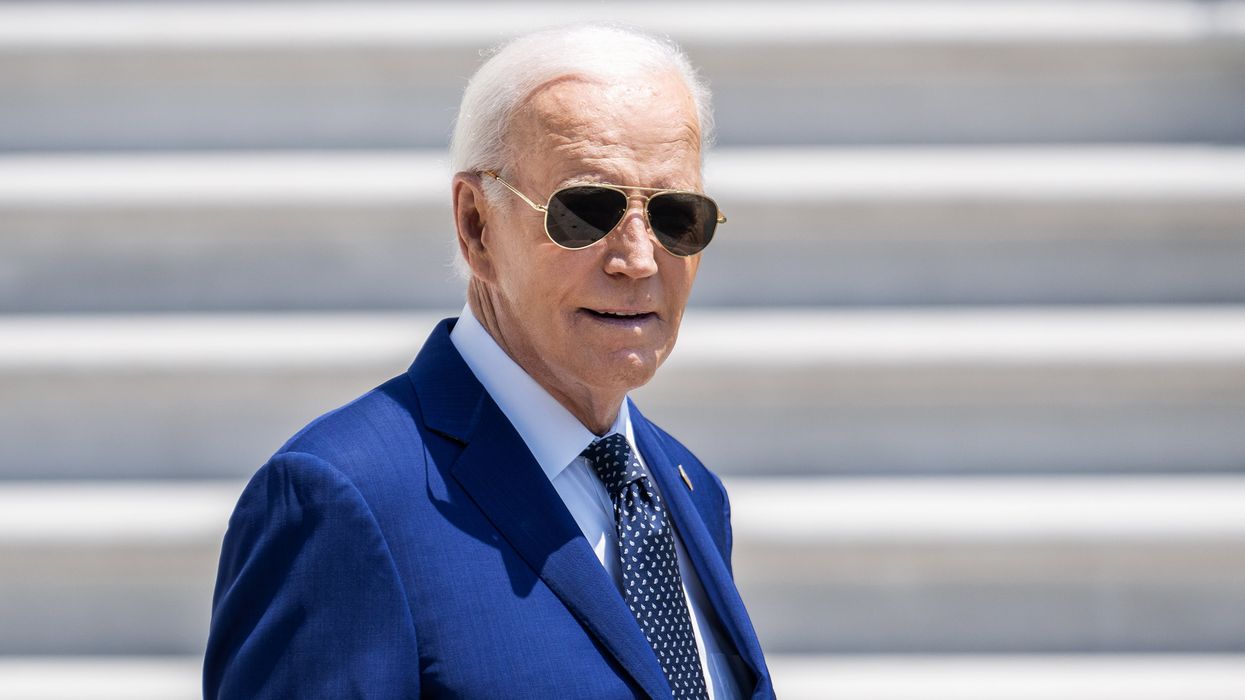Pocasangre is a senior data analyst at New America. Strano is deputy director of the political reform program at New America.
In a historic turn of events, Democratic Party leaders made a show of strength by coming together to urge President Joe Biden to exit the race for the White House. The move gave us a rare glimpse of what a functioning political party can do. However, the messiness and late hour of the process left many wondering why it took so long to resolve, and how such an important decision ultimately hinged on the whims of a few individuals, particularly Biden himself.
The chaos that followed the debate between Biden and former President Donald Trump was emblematic of a broader trend of dysfunctional parties that is at the heart of voters’ dissatisfaction with the political system. America’s two major parties today are hollow and unrooted from society, serving as vehicles for influential individuals and interest groups to push their agendas rather than as forums for collective decision-making.
This has contributed to a range of ills, from extreme and inexperienced candidates infiltrating parties and winning office to incoherent policy programs to impossibly high barriers for minority candidates to the alienation of young people in general from the democratic process.
These problems are not lost on voters. Majorities of Americans are frustrated with the major parties: 64 percent hold negative views of the Republican Party and 61 percent view the Democratic Party negatively. Reforms that purport to reduce political polarization by stripping parties out of the electoral process are gaining steam around the country. While these efforts may seem logical in a moment of toxic hyperpartisanship, most political scientists would recommend a different approach. Instead of weakening or ditching parties, we should channel our frustration into reforms that lead to more and better parties.
Indeed, political parties are fundamental to modern mass democracy. They provide voters with significant choices and enable political actors and ordinary citizens to organize for the collective action needed for effective governance. Anti-party reforms, like the nonpartisan top-two primary, have not lived up to their promise of promoting moderation, competition or civic trust, because they ignore the fact that parties are not the problem — having only two parties is.
Part of what makes parties stronger is having meaningful electoral competition. In the current polarized and sorted electoral landscape, Democratic and Republican candidates are too often too comfortable in safe districts, winning by virtue of not being a candidate of the other party. This means that, in many places, parties have no incentives to root themselves in communities, develop organizational infrastructure for campaigning, recruit and cultivate a pipeline of good candidates, or offer serious policy programs to earn votes.
As explained in reports on pro-party electoral reforms, systems that foster the emergence of more parties can infuse American elections with more competition and keep parties on their toes. If parties knew they faced a real chance of losing, they would not take votes for granted. Instead, they would put effort into understanding the concerns of voters and properly representing the views of their constituents.
One way to create incentives for more and healthier parties is through fusion voting. Fusion voting, in which different parties can cross-nominate the same candidate on their own ballot line, is one such reform. A new report from New America’s political reform program, the first to systematically survey the research on the impact of fusion voting on contemporary politics, explains how fusion voting creates incentives for the strengthening of minor parties. To survive electorally, a minor party must convince voters that it stands for something different enough from the main party to win support. And it has to make sure voters show up to the polls on Election Day and vote on their party line.
With fusion voting, minor parties are encouraged to do what healthy parties do in well-functioning democracies: invest in organizational and mobilizational infrastructure, develop a party brand, and propose coherent policy agendas. If minor parties use their organizing and voter engagement capacity to help elect major party candidates, they can parlay their votes into influencing the major parties by threatening to withhold endorsements in the future or threatening to spoil a race.
Fusion voting has allowed minor parties like the Working Families Party, New York's Liberal Party and Connecticut's Independent Party to exert significant influence by strategically endorsing major party candidates on their lines. The Liberal Party of New York, founded in 1944, wielded tremendous power for half a century by being able to threaten to spoil races for Democrats and helping Republicans win office in New York City by appealing to moderate voters.
Politics could look different if more states allowed fusion voting, as most once did in the 19th century. Rather than prioritizing individual candidates, fusion encourages minor party and coalition building around policy concerns that can work between elections. Some parties may emerge on the fringes and others may try to fill up the void in the center, like the United Kansas Party or the Moderate Party of New Jersey. Eventually, minor parties can demand deeper electoral reforms like proportional representation that can bring about a genuine multiparty democracy in the United States that would move the country away from the ailing two-party system.


















